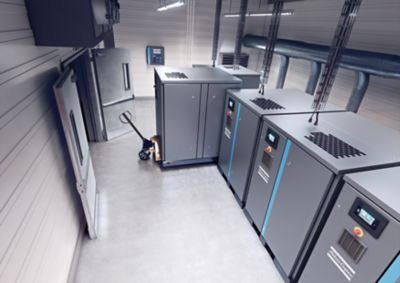This guide will cover the different low-pressure blower technologies available and explain how to select the right blower to deal with the particular requirements of your water or wastewater treatment plant.
Why should you download this guide?
Find out more about:
- Learn about the different low-pressure blowers available
- Find out what is right for your business
- Learn about the importance of clean air for blowers
- Dsicover the key factors that need to be considered, such as flow, pressure and operational costs’
A brief overview of the guide
When counting on a compressed air supply to keep the bacteria alive during the treatment process, a continuous supply of compressed air which is free from oil-contamination and can handle a variable air flow demand during the day is imperative.
This guide will cover the different low-pressure blower technologies available and explain how to select the right blower to deal with the particular requirements of your water or wastewater treatment plant. Blower efficiency and operating characteristics are important factors in the performance of water and wastewater treatment applications, such as diffused aeration, filter backwashing or activated sludge systems
An introduction to the types of blower technologies
There are a number of different types of low-pressure blower technologies available to the plant operator, categorised as lobe, screw, centrifugal, and multistage blowers, so it pays to check the vital statistics of each type and compare their performances.
Choosing the right blower for the application
The starting point is a thorough analysis of an installation and recognition that application characteristics are key to selecting the right technology. In the decision process, there will undoubtedly be one or more aspects that might take precedence over others


